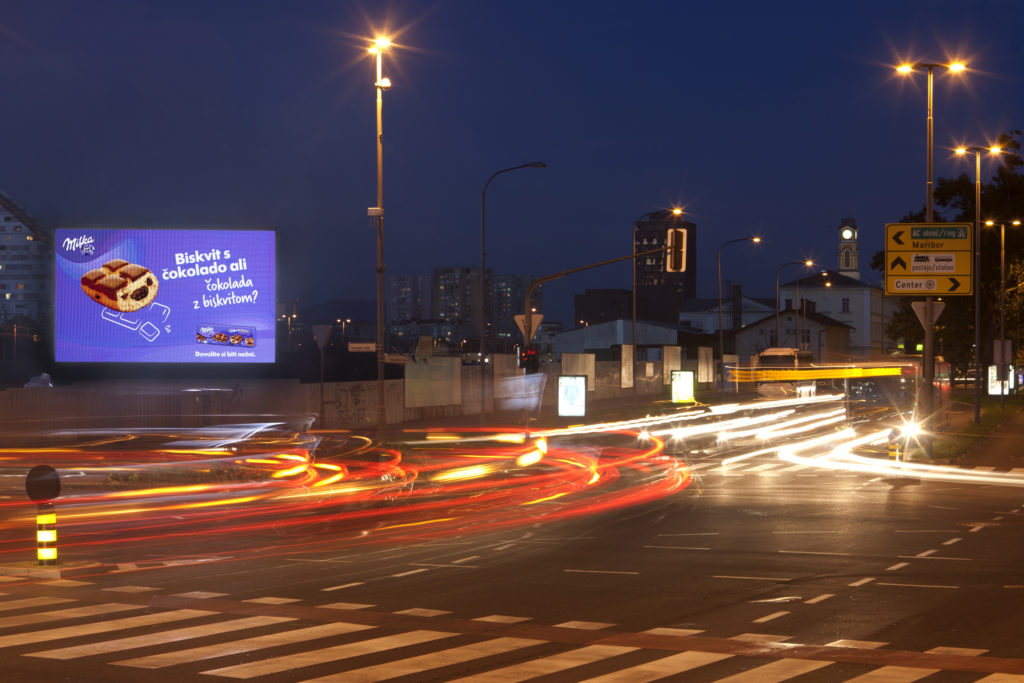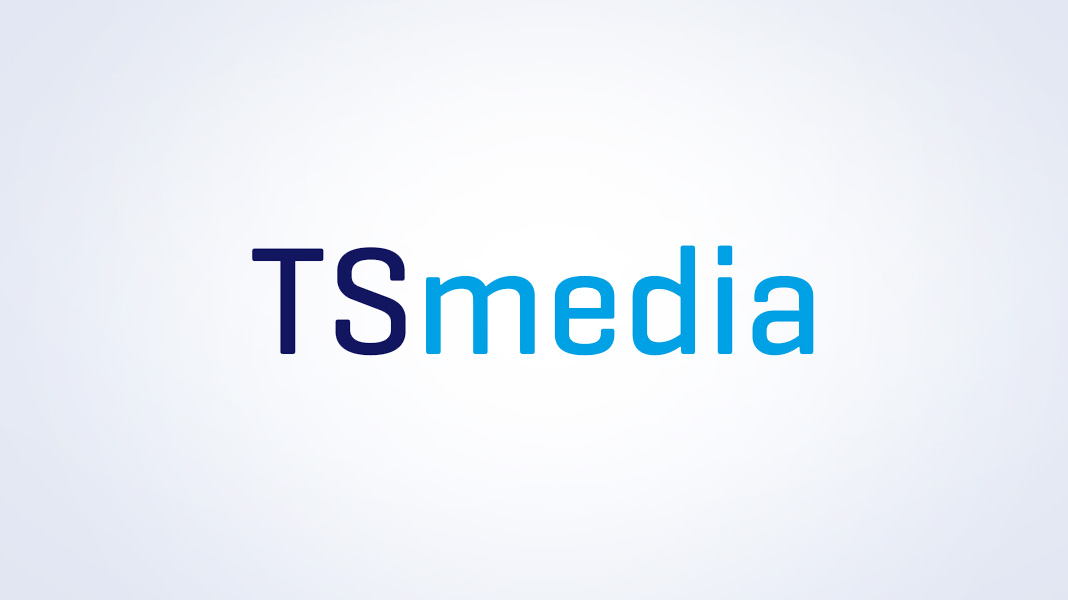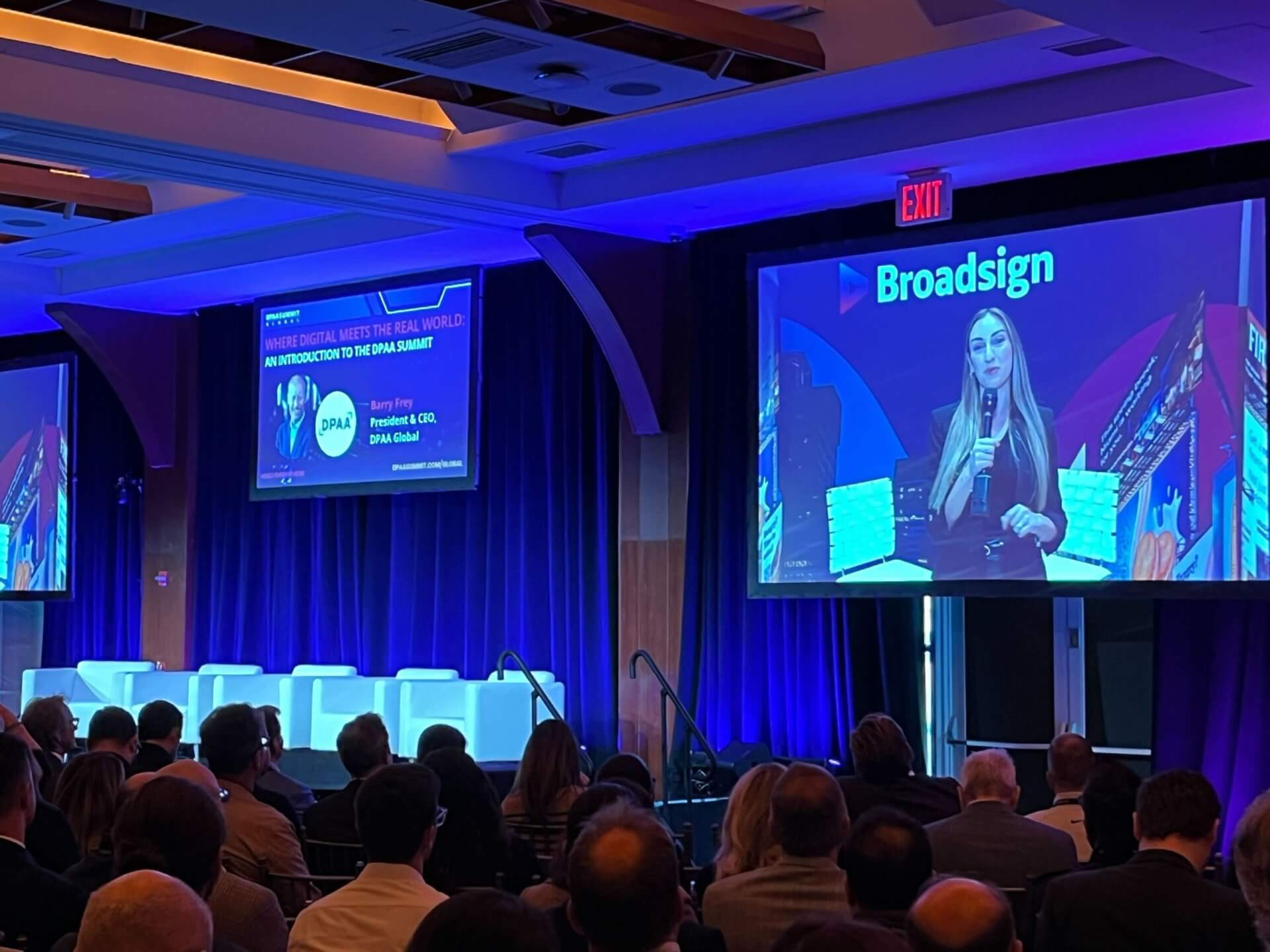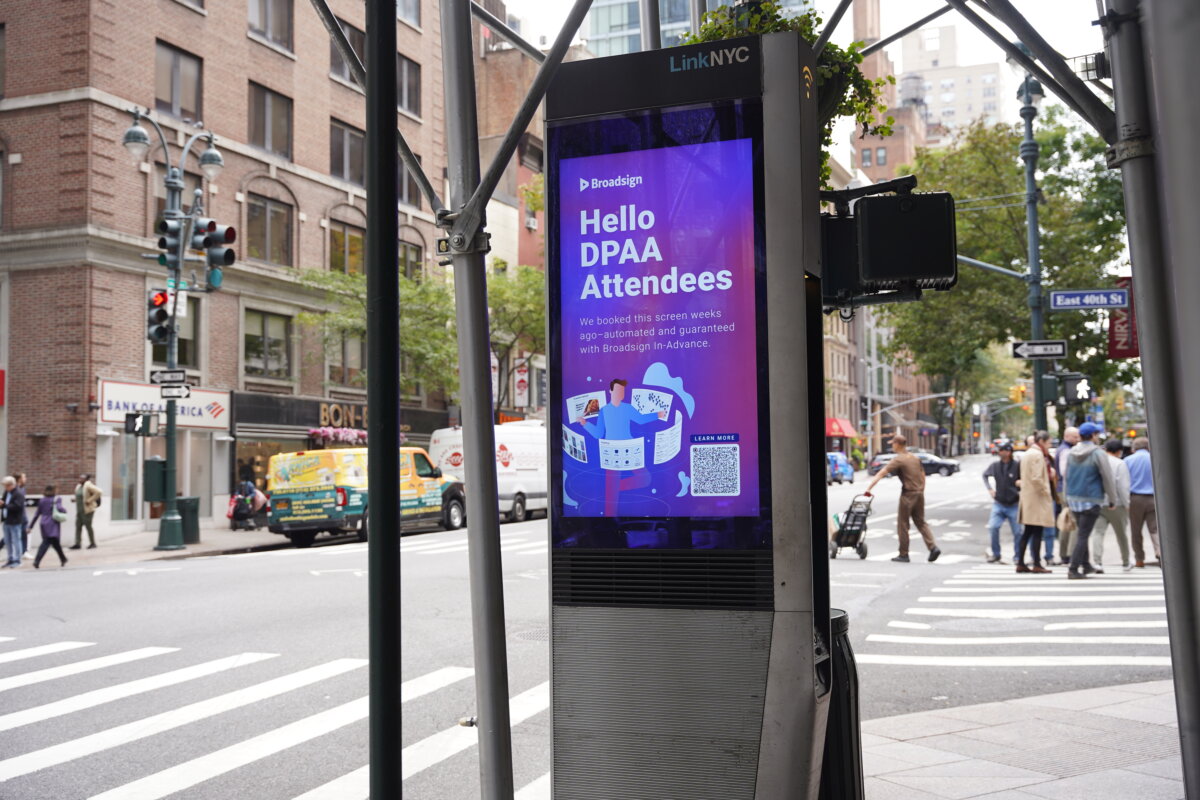| October 11, 2021
TSmedia, d.o.o. Chooses Broadsign International, LLC for its “Digital Giants” LED Screens
LED displays up to 55 square meters in size run on Broadsign’s digital signage platform.

Ljubljana, Slovenia. November 26, 2014. The largest network of digital out-of-home displays in Slovenia, TSmedia, has selected Broadsign International, LLC’s cloud-based digital signage software to power its new class of technologically advanced LED screens, called “Digital Giants”.
Seven digital billboards ranging from 13 to 55 square meters in size were activated in May 2014 and complement TSmedia’s preexisting displays in the likes of shopping malls, post offices and gas stations. Located in prominent positions along Ljubljana’s main crossroads, the city center and its biggest shopping mall, Digital Giants have rapidly been gaining popularity among advertisers and are viewed as the next “big” thing in Slovenian advertising.
TSmedia plans to expand the Digital Giants network to new locations in Ljubljana and across Slovenia.
“Broadsign was selected to power our new and advanced network of digital screens due to the significant importance we place on viewer-targeting, consumer engagement and high accountability,” said Tomaž Pernovšek, CEO at TSmedia. “We are always working hard to offer our advertisers the latest and most efficient advertising platforms. The capabilities of Broadsign’s robust software align with TSmedia’s needs and will help meet our advertising objectives.”
The entire TSmedia network of outdoor digital displays reaches almost 90% of Slovenia’s population and guarantees advertisers extensive reach, visibility and successful campaign performance.
“Broadsign has developed a reputation for providing trusted and high quality performance to the biggest screens in the world, from Las Vegas’ Harmon Corner to London’s Waterloo Motion. As such, we are proud to add TSmedia, leading DOOH network of its nation, to this list of renowned locations and premium displays,” said Skip Beloff, Vice President of Sales at Broadsign.
If you are looking to deploy a series of unique digital out-of-home displays in the near future, sign up for a 60 day free trial of Broadsign’s digital signage software.
About Broadsign
Broadsign International, LLC is the first global provider of cloud-based software for digital signage networks. Its platform was designed exclusively as a management system for media companies operating digital out-of-home and digital place-based media networks, giving them an unlimited capacity for growth without adding personnel. After over a decade in the industry, Broadsign’s latest incarnation, Broadsign X, has become a mature and reliable fit for all digital signage software needs and its Android-based smart player, Broadsign Xpress, has decreased the cost of deploying digital signage compared to PC-based hardware alternatives. Broadsign’s constant growth, extensive network and dedication to predicting and responding to industry trends make its digital signage solutions a safe bet for the future of networks with even the most complex of requirements. For more information about Broadsign, visit https://broadsign.com.
About TSmedia
TSmedia is a Slovenian corporation, renowned for its extensive experience in the development of digital contents and services, management of various media and information points. TSmedia participates in creation of the Slovenian media landscape with the leading digital media Planet Siol.net, and constitutes the central Slovenian information point with najdi.si — the entry point to the Slovenian Internet, the Telephone Directory of Slovenia, the Contact Centers 1188 and 1977, and the business register Bizi.si. According to MOSS (Slovenian online audience measurement), the medias of TSmedia enjoy the largest overall reach in the country, effectively reaching more than two thirds of all internet users.



